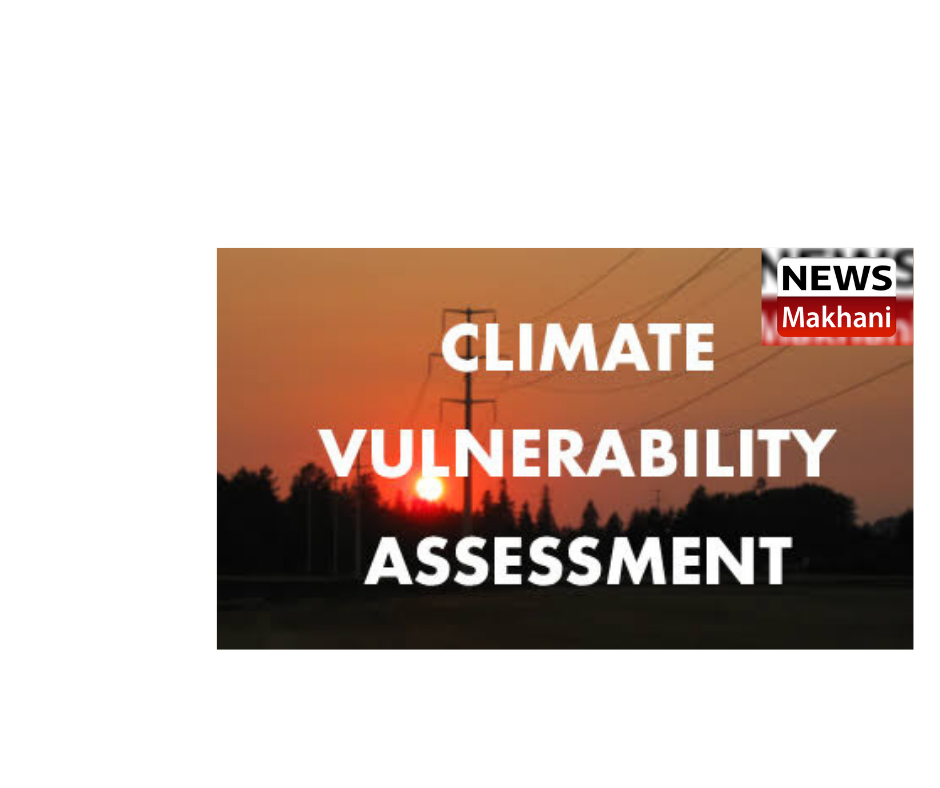National level climate vulnerability assessment report to be given on April 17th
A report on the detailed national level assessment of climate vulnerability of states and districts all over India will be given on April 17, 2021. The assessments done with the active involvement and participation of States and Union Territory governments and hands-on training and capacity building exercises have identified vulnerable districts, which will help Policymakers in initiating appropriate climate actions. It will also benefit climate vulnerable communities across India through development of better designed climate change adaptation projects. A total of 94 representatives from 24 states and 2 Union Territories participated in the nation-wide exercise jointly supported by the Department of Science & Technology and the Swiss Agency for Development and Cooperation.
The report titled ‘Climate Vulnerability Assessment for Adaptation Planning in India Using a Common Framework’, which identifies the most vulnerable states and districts in India with respect to current climate risk and key drivers of vulnerability, will be released by DST Secretary Professor Ashutosh Sharma. In a developing country such as India, vulnerability assessment is considered as an important exercise to develop suitable adaptation projects and programmes. While climate vulnerability assessments for various states and districts already exist, the states and districts cannot be compared to each other as the framework used for assessments are different, thereby limiting decision making capabilities at the policy and administrative levels. This necessitated an assessment using a Common Vulnerability Framework.
Keeping this requirement in mind, DST and SDC supported the development of a Common Framework for Vulnerability Assessment for the Himalayan region based on the definition provided in the latest 5th Assessment report of the Intergovernmental Panel on Climate Change (IPCC) [AR5]. The Common Framework, along with a manual to apply the framework, was developed by IIT Mandi, IIT Guwahati, and Indian Institute of Science (IISc), Bangalore. The framework was applied to the Indian Himalayan Region, involving all 12 States (including pre-divided J&K) through capacity building process. The outcome of the exercise done was shared with the Himalayan States, have led to several positive developments in terms of some of these already prioritising and implementing climate change adaptation actions based on these vulnerability assessments. Based on the positive feedback received from the states and its usefulness to the Himalayan states for implementing climate change adaptation actions, it was decided to roll out the climate vulnerability assessment exercise for the entire country through capacity building of the States.
The task was assigned to the same team, which coordinated to carry out a series of training workshops for the state governments in India towards capacity building for vulnerability assessment.
DST has been implementing 2 national missions on climate change as part of the National Action Plan on Climate Change. These are National Mission for Sustaining the Himalayan Ecosystem (NMSHE) and National Mission on Strategic Knowledge for Climate Change (NMSKCC). As part of these missions, DST has been supporting the State Climate Change Cells in 25 States and Union Territories. Besides other tasks assigned to these State CC Cells, carrying out assessment of vulnerability due to climate change at district and sub-district levels has been their primary responsibility, and the national level vulnerability assessment an extension of the same.

 हिंदी
हिंदी






